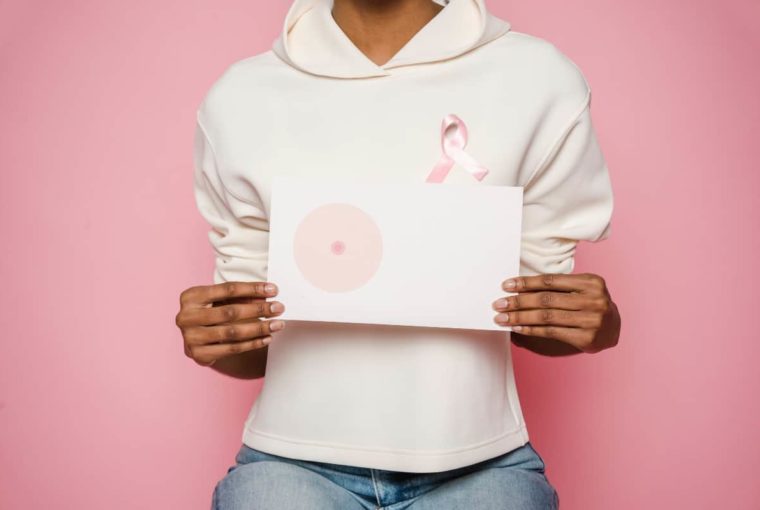Some people have a misconception that if they have breast cancer, then the chances of surviving it are very slim. However, this is not entirely true. Many variables can affect your chances of survival such as the type and stage of cancer you have. In this blog post, we will discuss some factors to take into consideration when trying to determine your chance of survival from breast cancer so you can get an idea of what to expect in terms of recovery time and treatment options.
The Type Of Breast Cancer You Have
In terms of treatment, the stage and grade of your breast cancer will be a major factor in determining what steps to take. Your particular diagnosis can help determine how aggressive or nonaggressive the form is going to be. The three main classifications for the disease are ductal carcinoma in situ (DCIS), invasive, and metastatic. According to Bedford Breast Center invasive cancer begins when cells break off from their normal place in a gland or duct and begin growing out of control within the surrounding tissue. The risk increases significantly for this kind compared to DCIS because they can spread quickly throughout your body and affect other organs like the bones, liver, or brain.
There are four main types of invasive cancer: infiltrating (or lobular), ductal, medullary, and tubular carcinoma. These all have different treatments based on their location in the breast itself but they often require surgery to remove any affected tissue followed by chemotherapy sessions afterward. For chemo to be an effective treatment option, it has to get past a protective layer called the blood-brain barrier that helps shield your nervous system from harmful chemicals.
The Stage Of Your Breast Cancer
In addition to the type of breast cancer you have, your overall stage can also affect how long it takes for recovery from surgery and chemotherapy. Generally speaking, one’s chance of survival is higher depending on their stage at diagnosis because more advanced cases will require a greater amount of treatment options according to the American Cancer Society. For example, if you have early-stage breast cancer with no signs or symptoms then there may be only a small surgical procedure needed to remove all traces of the disease. However, if it has metastasized into another organ like the bones (bone Mets), liver (liver Mets), or brain (brain Mets) then chemo would be required as well.
Of course, the overall goal is to avoid chemo and other treatments like radiation in an attempt to preserve a patient’s quality of life. This can be achieved by catching it early enough when only surgery may be necessary or you have less risk for serious complications after treatment because your chance of survival will be greater than someone with advanced disease who has already had cancer spread throughout their body. For example, if you find out about breast cancer during its earliest stages (stage 0), then your chances of surviving the past five years increase from 83% up to 98%. However, if they discover that stage four metastatic breast cancer has spread into several different parts within the body such as bone Mets and brain Mets but hasn’t reached the liver yet, then the five-year survival rate is only about 30% to 40%.
Your Age
This may seem like an obvious factor but it is worth mentioning if you are in your mid to late thirties, forties, or fifties. According to the American Cancer Society, women who fall into these age groups have a higher risk of developing breast cancer than anyone else because hormone levels begin changing drastically after menopause and this can affect cell development within the breasts. Breast tissue growth becomes more rapid which explains why younger individuals tend to develop it much later on in life. The chances of survival decrease with each decade that passes so having children earlier will help reduce your chance of getting diagnosed by about 15% according to one study from the International Journal of Cancer Prevention.
Inherited Risk Factors
The chances of developing breast cancer can also be hereditary, meaning your family history may increase the risk for you as well. Other than age, this is one of the most common causes especially if other relatives have had it but several factors could contribute to someone’s likelihood of survival depending on how early they were diagnosed or even their treatment options. If a tumor is an estrogen-receptor-positive (ER+), then anti-estrogen drugs like Tamoxifen and aromatase inhibitors will likely lead to better outcomes compared to chemotherapy treatments alone because these types typically shrink tumors in two years when used with hormone therapy. This means more cells stay intact so chemo doesn’t need to be used beforehand.
Currently, there is no right answer as to what those probabilities truly mean or how they should be interpreted. There will likely never be a definite percentage that can accurately describe your likelihood of survival based on diagnosis alone; however, certain factors may increase and decrease it by small margins.




